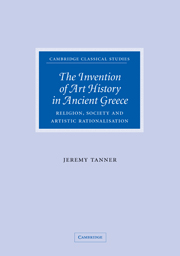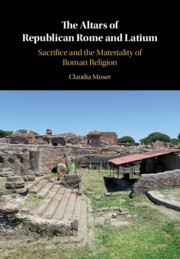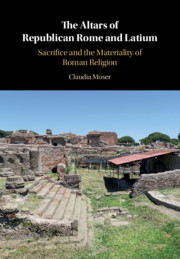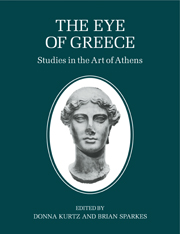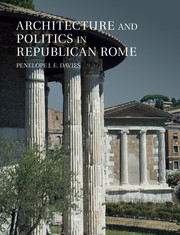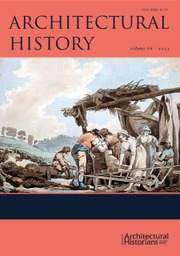The Invention of Art History in Ancient Greece
The ancient Greeks developed their own very specific ethos of art appreciation, advocating a rational involvement with art. This book explores why the ancient Greeks started to write art history and how the writing of art history transformed the social functions of art in the Greek world. It looks at the invention of the genre of portraiture and the social uses to which portraits were put in the city state. Later chapters explore how artists sought to enhance their status by writing theoretical treatises and producing works of art intended for purely aesthetic contemplation, which ultimately gave rise to the writing of art history and to the development of art collecting. The study, which is illustrated throughout and draws on contemporary perspectives in the sociology of art, will prompt the student of classical art to rethink fundamental assumptions about Greek art and its cultural and social implications.
- Brings an innovative sociological perspective to bear on a series of central problems in the history of classical art
- Fully illustrated.
- Of interest to sociologists and students of comparative art, as well as classicists and art historians
Reviews & endorsements
' ... the book is on the whole thouroughly interesting and stimulating ... [it will] futher the discussion about role and status of art and artists in ancient Greece. The book is beautifully produced and illustrated ...' Bryn Mawr Classical Review
'… precise, concrete and nuanced. … rich and complex …' Cambridge Archaeological Journal
Product details
March 2006Hardback
9780521846141
348 pages
255 × 181 × 26 mm
0.865kg
57 b/w illus.
Available
Table of Contents
- 1. Introduction: art and society in classical art history
- 2. Rethinking the Greek revolution: art and aura in an age of enchantment
- 3. Portraits and society in classical Greece
- 4. Culture, social structure and artistic agency in classical Greece
- 5. Reasonable ways of looking at pictures: high culture in Hellenistic Greece and the Roman empire
- 6. Epilogue: art after art history.

